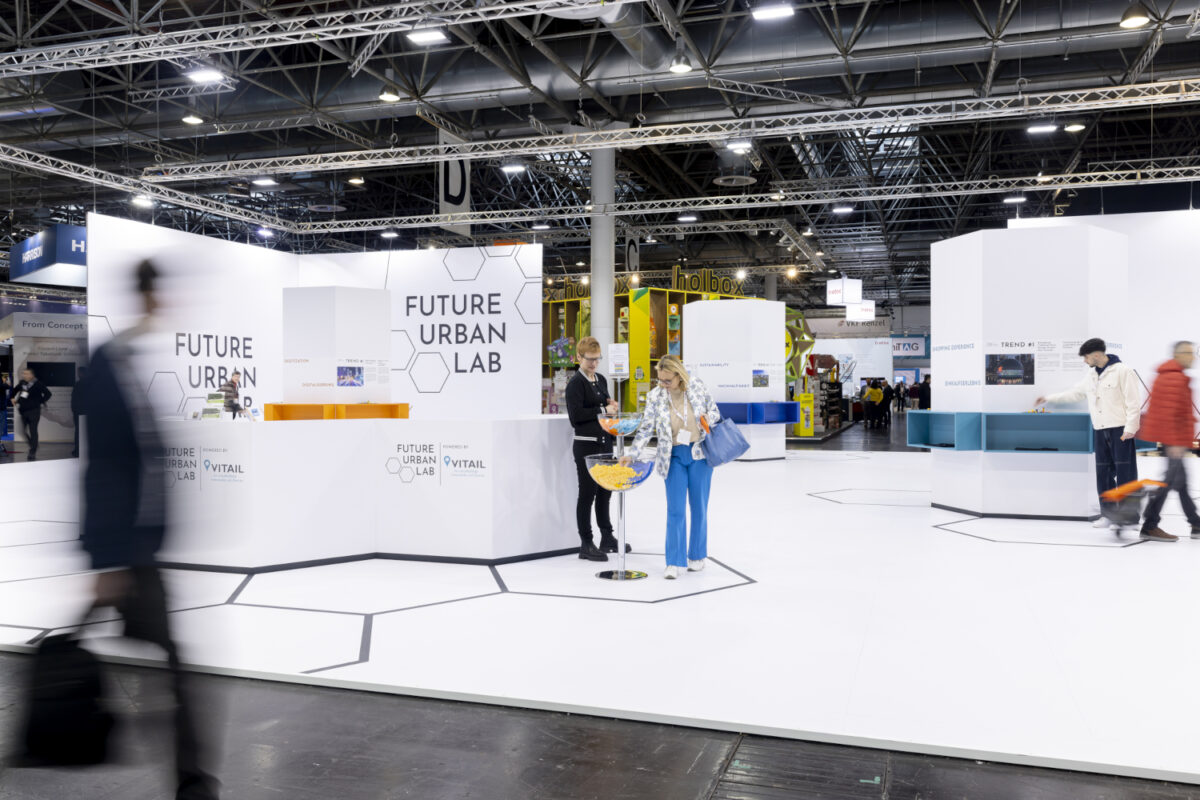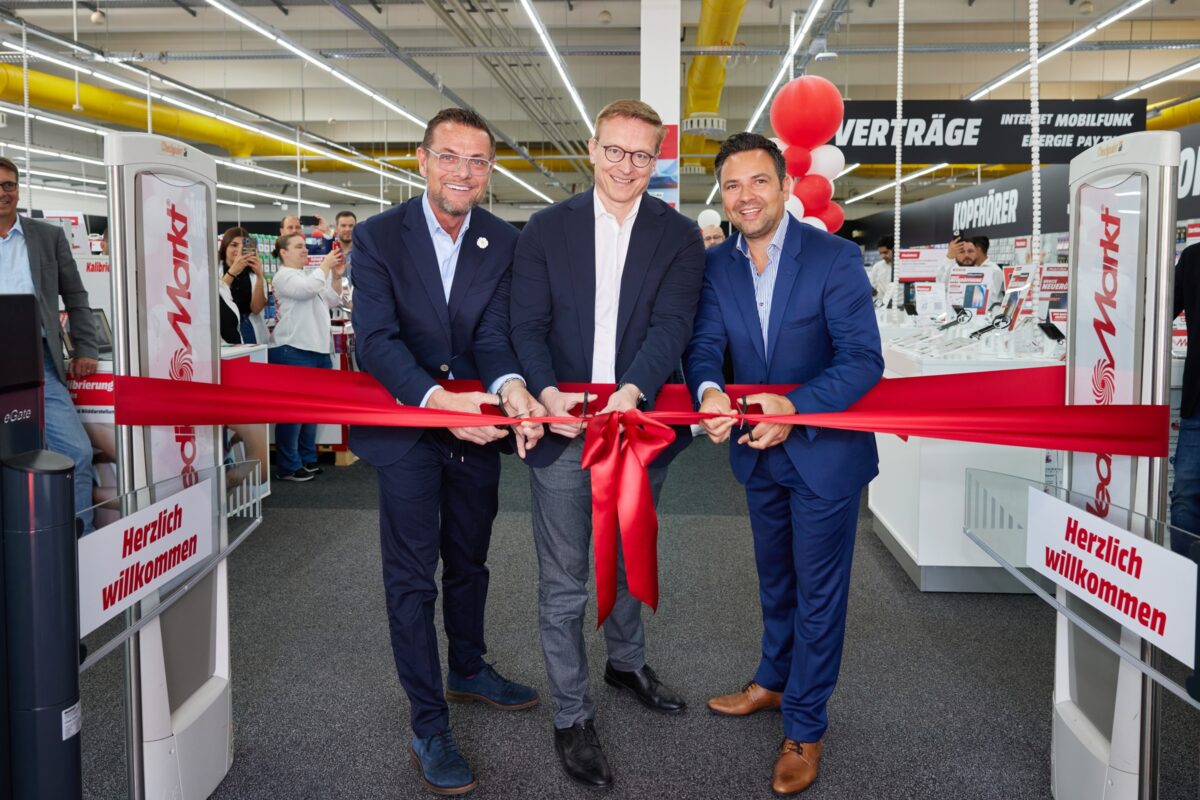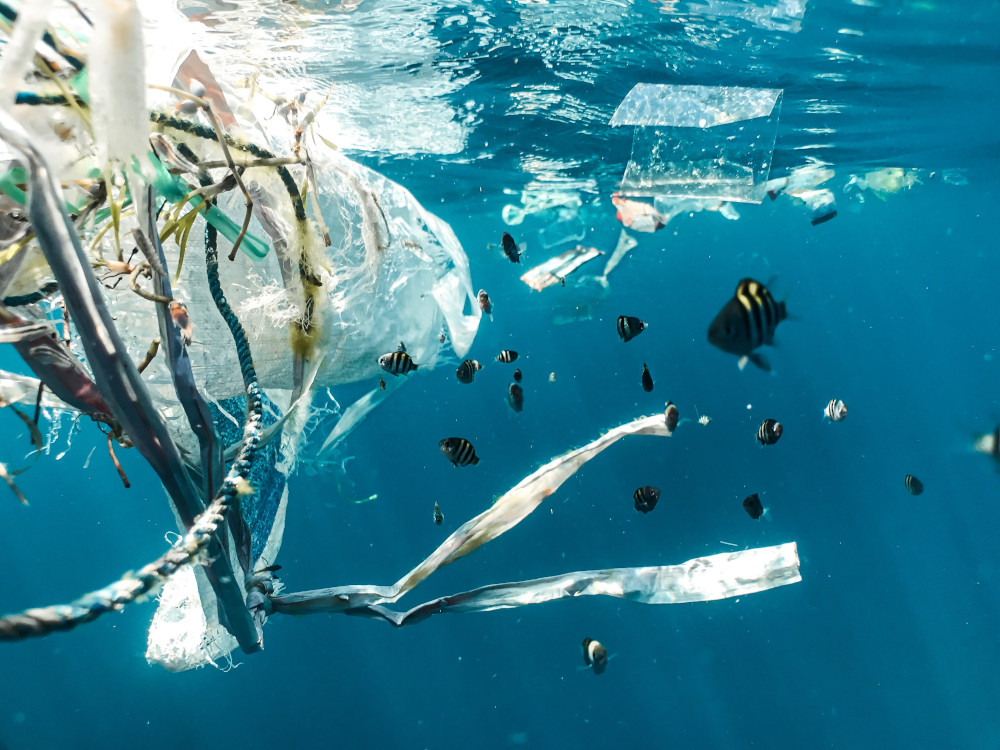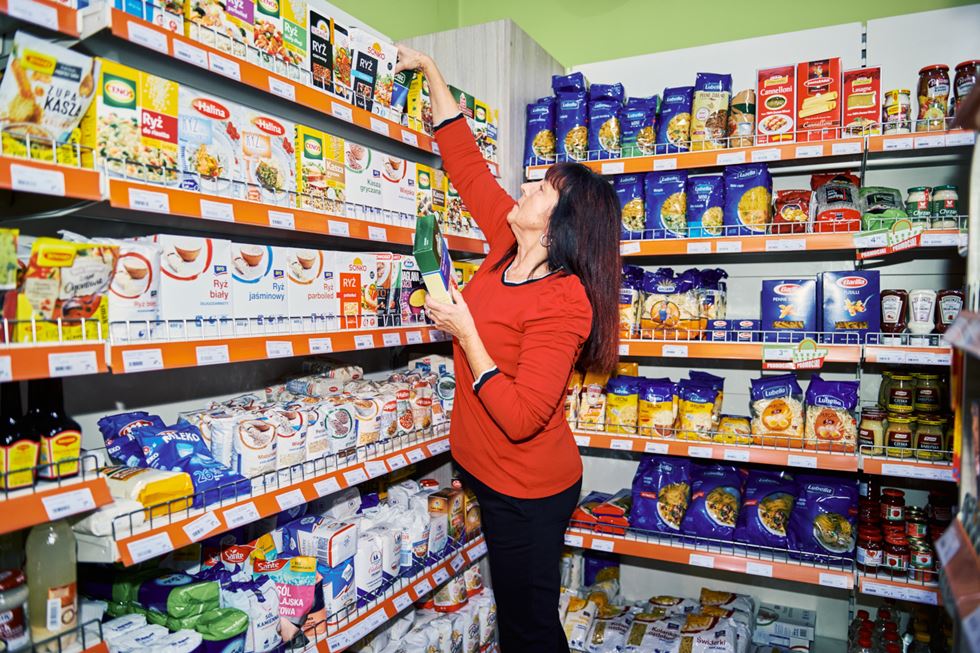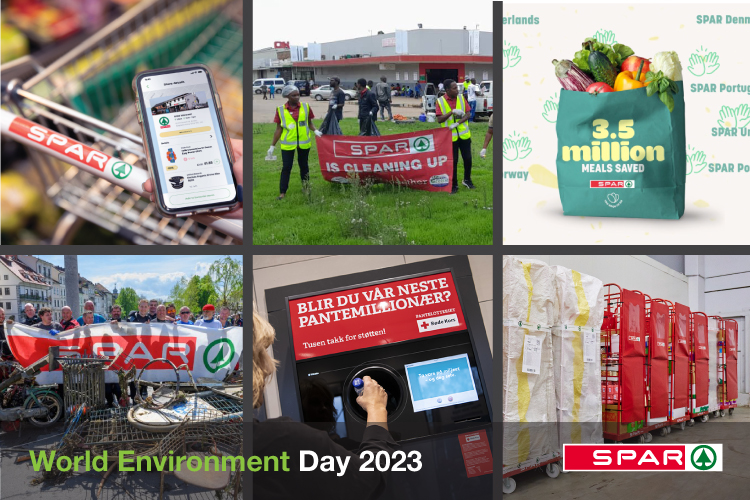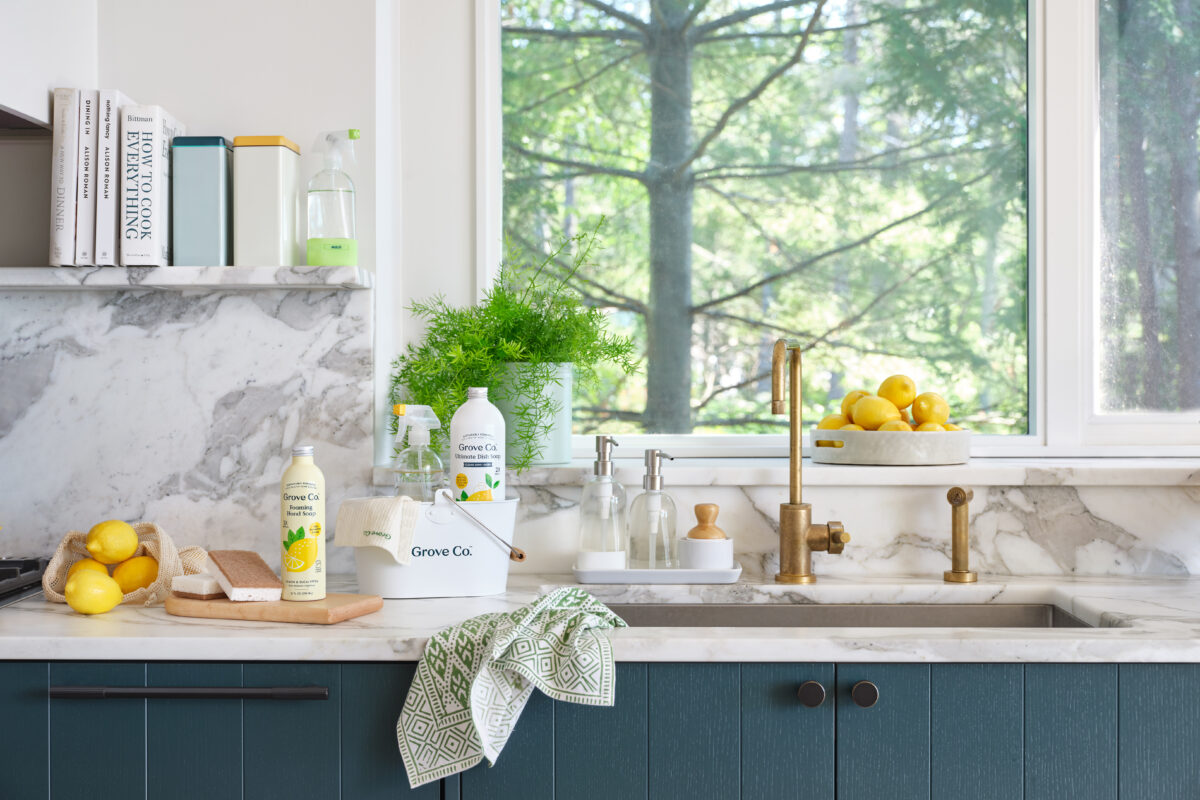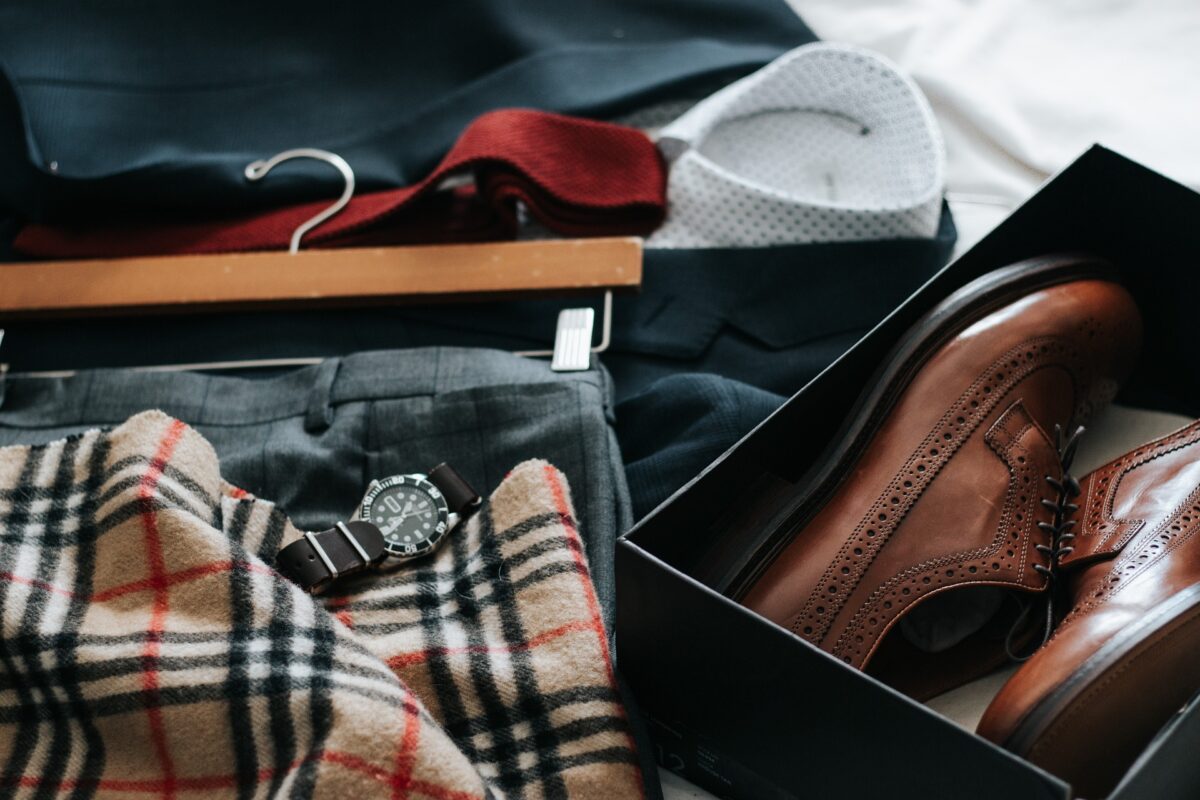In addition to second-hand platforms such as Momoxfashion, Vinted or Mädchenflohmarkt, more and more retailers are also addressing the issue of re-commerce – in collaboration with cooperation partners, but above all in exchange with end customers. How do the models work and what do retailers expect from them?
Just recently, the U.S. outdoor brand The North Face launched its first collection of “repaired” clothing, “Renewed,” in its own web store. The Canadian retailer Lululemon is currently promoting its own re-commerce model with “Like New,” and many other brands such as Nike and Levi’s are already focusing on circular fashion. The H&M Group has been investing in the re-commerce provider Sellpy since 2015 via the collaboration platform “CO:LAB”, which has also been active in Germany since 2020 and most recently in Austria and the Netherlands.
In addition to various brands, the mail-order companies About you and Zalando have also embraced the topic. At the beginning of December 2020, the fashion online store About You launched its new category for secondhand fashion “Second Love”. Initially, Otto’s associated company is working with cooperation partners such as the secondhand platforms Vite EnVogue and Mädchenflohmarkt, but plans to include end customers in the business in the future. Zalando focuses exclusively on its business with its clientele, launched sales of secondhand items in 2019 with its “Wardrobe” app, which the company initially tested in Germany, launched the “Pre-owned” category in the Zalando Fashion Store in six of its stores in September 2020, and is currently rolling it out in seven other markets.
Second life
Vendors’ main motivations vary. “Our vision is to become completely circular. By 2040, we want to be climate positive along our value chain. Resources should remain in their most pristine form in the cycle for as long as possible to reduce negative environmental impacts,” said an H&M spokesperson. Torben Hansen, Lead Operations Recommerce at Zalando, on the other hand, says: “Pre-owned plays a key role in our journey to become the first port of call for fashion. In doing so, the category also pays into our sustainability goals.”
Zalando’s sustainability strategy has two goals: “By 2023, we want to extend the life of 50 million fashion items. At the same time, we are piloting a new type of packaging, as all our pre-owned items are shipped 100 percent plastic-free in packaging made from recycled material,” Hansen said. Zalando launched with 20,000 items in the pre-owned category. “Due to strong demand from our customers, we have increased the number of items to more than 100,000 items now,” Hansen said.
H&M currently offers a total of around 620,000 items in fashion, shoes and accessories through Sellpy in Germany and Austria, but works not only with Konsument:innen but also with a few brand partners to selectively expand its range. “We plan to expand our product capacity by building a warehouse closer to our markets. We also want to expand further to give more people the opportunity to act sustainably,” H&M said.
“After expansion, our focus is first on establishing the category in our markets. If this succeeds, it is also not impossible that we will spread the business with pre-owned items to other markets,” said Hansen from Zalando.
Quelle: EHI, stores & shops






